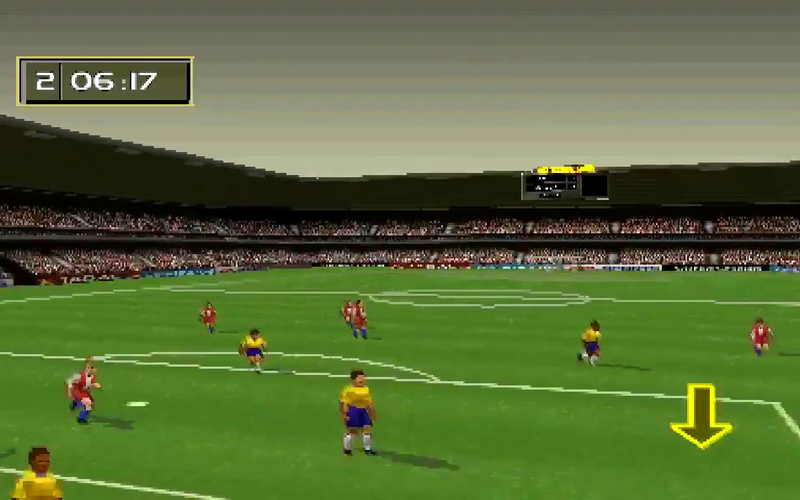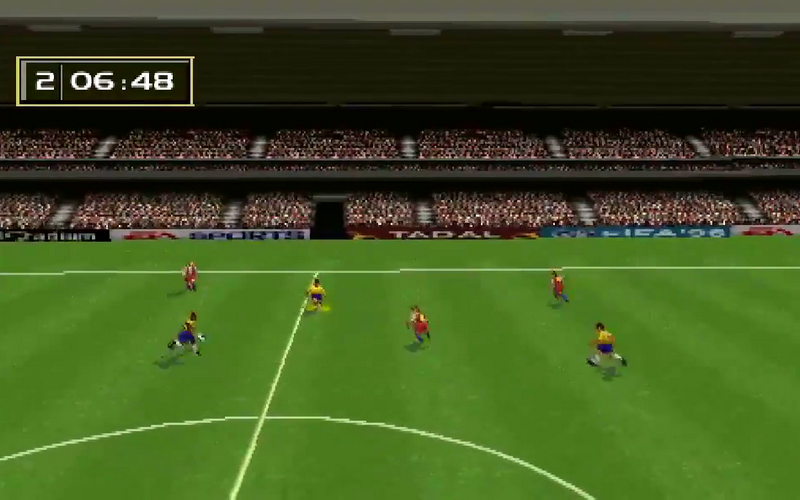
So you can play world cup, european championship and other national tournament. In any case the game is quite interesting being the second FIFA pc game produced by EA Sports, allowing you to play several soccer competitions, this time with real names. It might entice those that love to lurk through games that started a trend or were on the verge of modernism though they didn't really manage too good a job. Couple that with a rather abysmal physics simulation and what you are left with is a poor game, graphically, simulation wise and thus fun wise.

Furthermore, the camera will show the playing field from quite a distance, and the players at times appear too small. If the ball is passed, it doesn't seem to traverse space naturally, or as if guided by a set of physical parameters, but rather by a math equation that doesn't really seem to care too much about realism. FIFA 96 is a good example of the type of problems inherent in this type of engine works: it is the rather poor render itself, with jaggedy animations if the camera strolls over the field you are going to see each frame as if in a slide show.

Player cards are categorised into the following categories: To form a team and play a match in FUT, you need to have minimum 18 player cards in your active squad - 11 cards in your Starting 11 and 7 cards in your Subs.Ī player card contains the following information regarding its stats and his real life footballer:

Player cards can be found in the packs and in the Transfer Market. They are also colour-coded based on their OVR rating, quality and worth as Bronze, Silver and Gold. FUT player card types are available as Standard (Regular), Rare and Special. A player card contains information & stats of a real life footballer and is categorised based on the player's type and quality.

Player Cards or Player Items are the items that represent a football player in FIFA Ultimate Team.


 0 kommentar(er)
0 kommentar(er)
